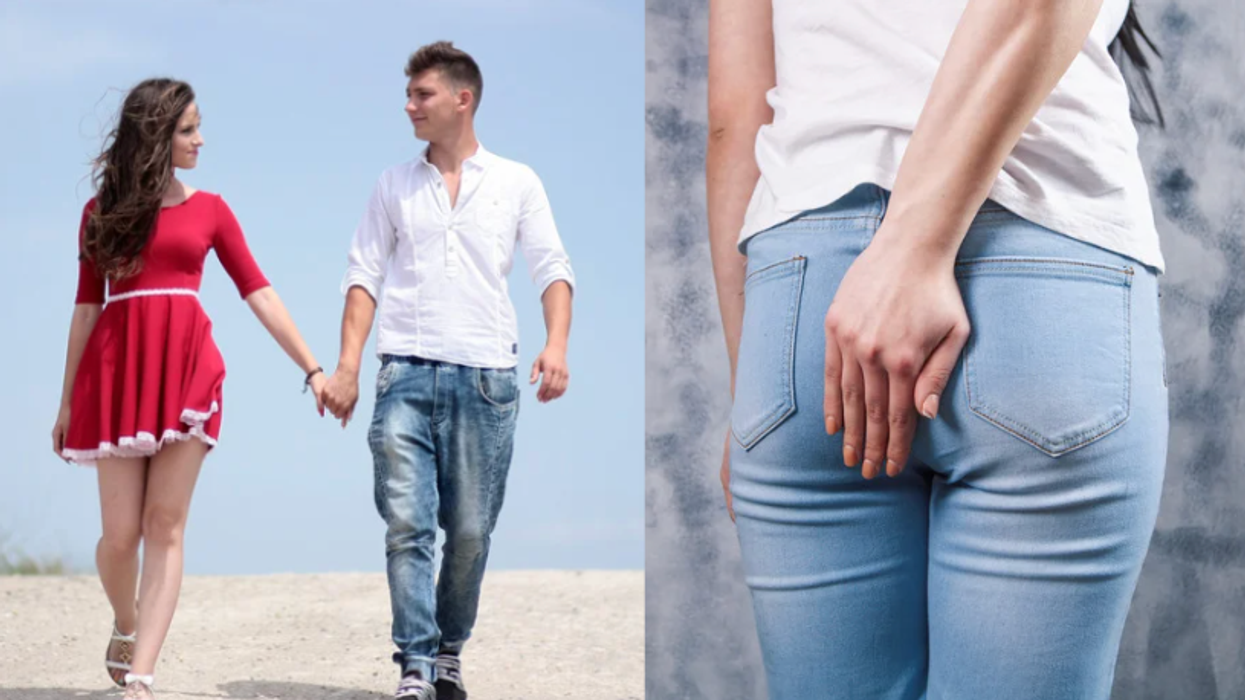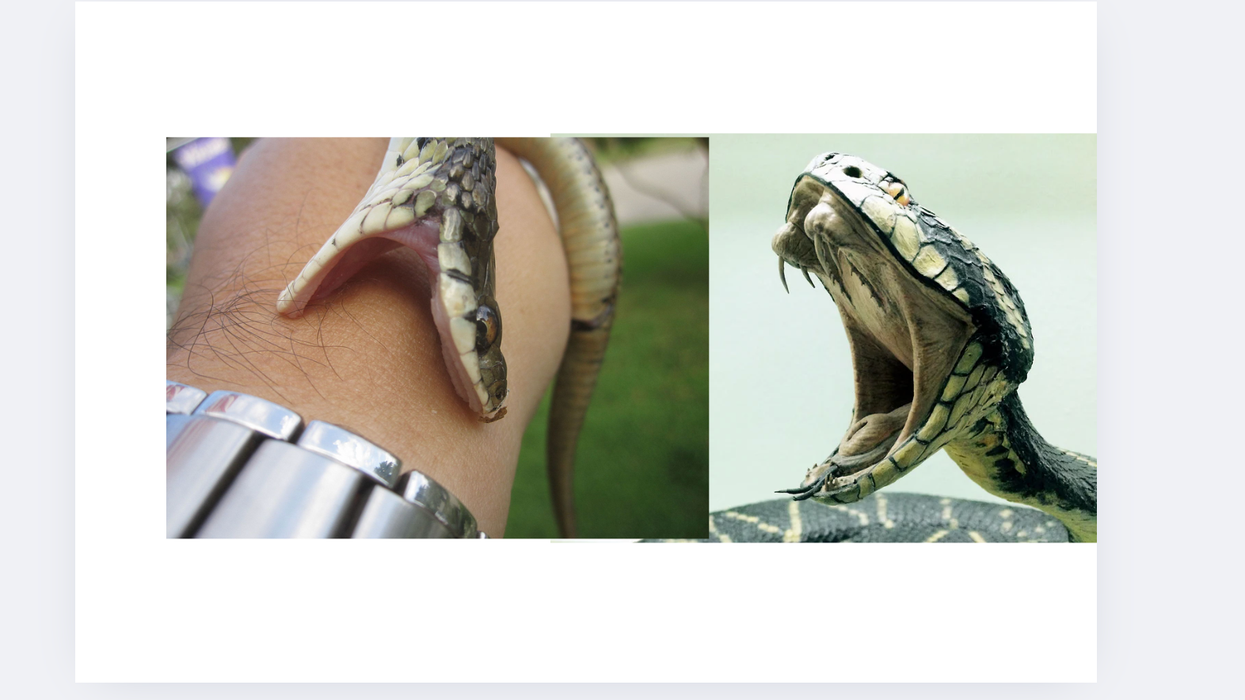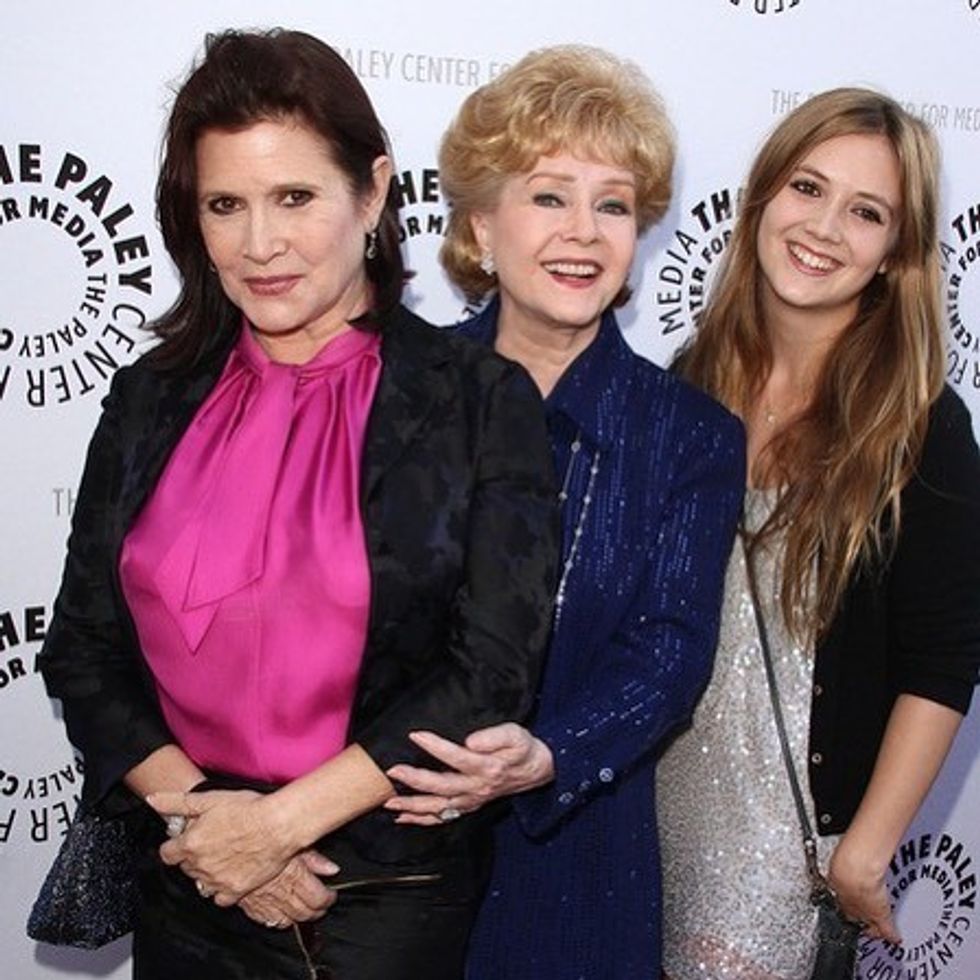Editor's Note: This story is taken from the GOOD10 Ocean's Issue. You can download and read the entire digital magazine issue for free here.
The American photographer Dorothea Lange, who documented the human cost of the Great Depression, claimed, "photography takes an instant out of time, altering life by holding it still." Steven McCurry, another esteemed photographer, attributed to photographs the ability to harness, "a single moment frozen in time." The language of photography and ice is connected. That's because both pull off the same feat: they capture and preserve. They freeze. What happens, then, when one trains their lens on ice itself?
Zaria Forman, an artist based in Brooklyn, New York, has devoted over thirteen years to photographing frozen landscapes—sea ice and snow fields and glaciers—transforming her captured images into exquisitely rendered pastel drawings. "I always edit [the photographs] when I get home and try to make them look the way I remember them," she says. But even with tailor-made pastels and a razor-sharp mind's eye, "It's just impossible to ever really get the brightness and the saturation. The luminosity that you see when it's actually light going through different depths of condensed ice. It's like taking a picture of the sunset. It never quite comes out."
That may be true from Forman's perspective, but the work tells a different story. The play between light and shadow—the full spectrum of color hidden within those icy whites—is complex and alive. "Most of my work gets really up close and personal with the ice," she explains. "[I want you to] feel like you're really in the landscape and getting to experience it firsthand."
The experiential aspect of Forman's work, that the feeling that you're not merely observing, but communing with the landscape is a key component to its power, not merely as art, but as a clarion call to take action against climate change.
Since 1979, just a few years before Forman herself was born, the Arctic has endured a cumulative June ice loss of 1.96 million square kilometers, which is about 12% larger than the state of Alaska.In 2019, Greenland's ice sheet melted at a record rate, "almost 96%... compared with an average of just over 64% between 1981 and 2010." Sea levels are rising, weather is changing, species are facing extinction.
Greta Thunberg famously declared, "I don't want your hope…. I want you to feel the fear I feel every day and then I want you to act." The young climate change activist rightly acknowledges "hope" as passive—belonging not to the present, but a vague, notional future. But "feeling fear" often doesn't lead to action. Rather, it leads to denial and paralysis—the opposite of action. It is to these people—those of us frozen with fear—that Forman's work makes its most ardent appeal. Do not be frightened, each drawing declares. Be awestruck. Be moved.
"On my first trip to Greenland, I didn't even know that much about climate change," she says. "I'd heard of the words put together as this like distant concept, but didn't know that much about it or understand it at all." Partly, our ignorance had to do with our chosen mode of communication: the dirge-like reporting of grim facts. Instead of responding with the action those statistics demands, many of us experienced a kind of emotional numbing. With her work, Forman strives to create an opposite effect. By so effectively recreating the beauty of the ice, she's out to thaw our defenses—allowing us to feel first, then act.
In 2016, she flew with NASA on several Operation IceBridge missions over Antarctica, Greenland and Arctic Canada, taking pictures from a vaulted vantage point. "I do think it's important to zoom out and get a bigger picture," she says. "It's like the overview effect." The overview effect is a term coined by Space Philosopher Frank White, referring to the powerful shift in thinking reported by some astronauts during spaceflight, viewing earth for the first time from outer space. "It helped them gain perspective on this beautiful little marble we have," says Forman. "How beautiful and precious it is, and how it needs to be protected."
Her next show draws inspiration from Perito Morean, a glacier in Argentina. Forman initially travelled there on vacation, without plans to make any drawings. "But of course I'm seeing a glacier and I can't not be inspired," she says, laughing. "I ended up coming home with all these beautiful photos."
This particular glacier is unique because one can get really up close and personal with it. Typically, one can only approach glaciers by boat, and the proximity can be very dangerous. "A chunk of ice can break off and create, you know, a tsunami that will drown the boat," Forman explains. But Perito Moreno is situated in such a way that there's a peninsula that juts out, allowing the construction of a walkway system.
Forman "spent the whole day there walking up and down and side to side, observing it from all different angles, watching the light shift throughout the day. It's really stunning—really old, beautiful, compressed ice. The pressure of the buildup… pushes out all the air bubbles," she said.
"The way we see light moving through more dense, pure frozen ice—as opposed to having bubbles in it—makes it appear more blue to our eye. And so you just get these really, really stunning colors, that I, like, never even knew really existed at all, let alone in nature."
When you love something, you protect it. It's simple.



















 File:Carrie Fisher Debbie Reynolds, and Billie Lourd.at the Paley Center in 2011.
File:Carrie Fisher Debbie Reynolds, and Billie Lourd.at the Paley Center in 2011. 

